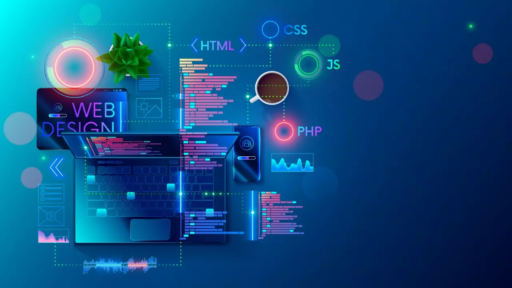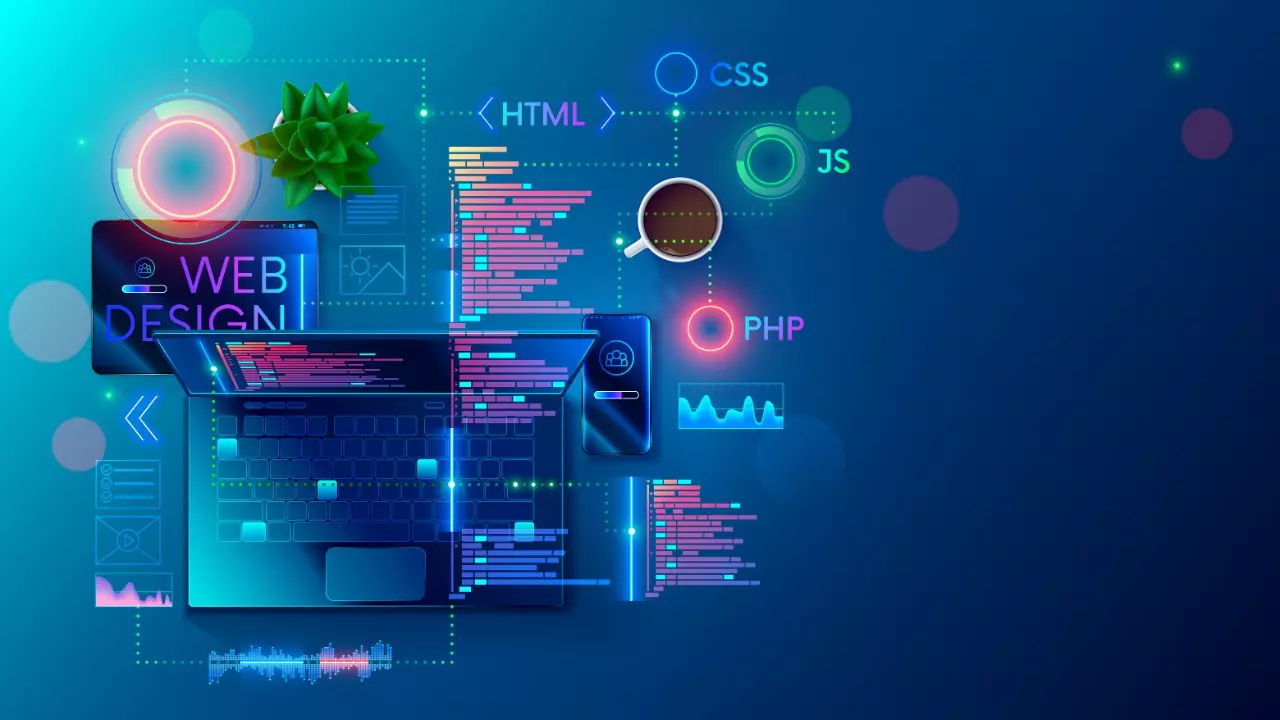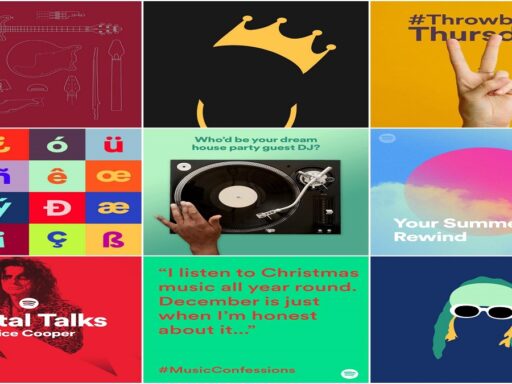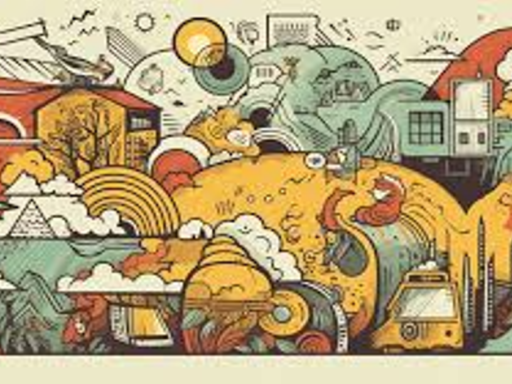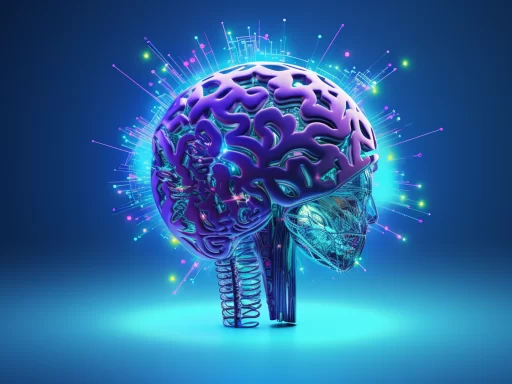In today’s digital age, the fusion of graphic and web design has become essential for creating engaging and user-centric online experiences. This blog post delves into the dynamic relationship between graphic design and web design, highlighting their roles, best practices, and the evolving landscape of digital creativity.
The Intersection of Graphic and Web Design
Graphic design and web design are complementary disciplines that work together to convey messages, enhance user experience, and build brand identity. While graphic design focuses on visual communication through various mediums such as logos, illustrations, and branding materials, web design extends this creativity into the digital realm, shaping how users interact with websites and digital interfaces.
Key Elements of Effective Web Design
Responsive Design: Ensuring websites are accessible and user-friendly across devices of all sizes, from desktops to smartphones.
Visual Hierarchy: Organizing content to guide users’ attention and prioritize important information.
Typography: Choosing fonts that are legible and align with the brand’s personality, while maintaining readability across devices.
Color Scheme: Utilizing color psychology to evoke emotions, create contrast, and establish brand identity.
Navigation: Designing intuitive navigation menus and user flows to enhance usability and encourage exploration.
Accessibility: Incorporating features like alt text for images, keyboard navigation, and clear content structure for users with disabilities.
Bridging Graphic Design with Web Design
Graphic designers play a crucial role in web design by creating visual assets that enhance the overall look and feel of a website. This includes designing logos, custom graphics, iconography, and optimizing images for web performance. By aligning graphic elements with web design principles such as layout responsiveness and user interface (UI) aesthetics, designers can create cohesive and impactful online experiences.
Tools and Technologies
Web designers leverage a range of tools and technologies to bring their designs to life. This includes:
Design Software: Adobe Creative Suite (Photoshop, Illustrator, XD) for creating visual assets and prototypes.
Web Development Tools: HTML, CSS, JavaScript frameworks (such as React or Vue.js) for building interactive and responsive websites.
Content Management Systems (CMS): WordPress, Drupal, or Shopify for managing website content and functionalities.
Prototyping Tools: Figma, Sketch, or Adobe XD for creating interactive prototypes and user interface designs.
Analytics and Optimization Tools: Google Analytics, A/B testing platforms, and SEO tools to track website performance and optimize user experience.
Evolving Trends in Graphic and Web Design
The field of graphic and web design is constantly evolving, driven by emerging technologies and design trends. Some notable trends include:
Minimalist Design: Clean layouts, ample white space, and simplified navigation for a clutter-free user experience.
Dark Mode: Offering a darker color scheme option for reduced eye strain and aesthetic appeal.
Motion Graphics: Integrating subtle animations, transitions, and micro-interactions to enhance user engagement.
3D Elements: Incorporating three-dimensional graphics and illustrations for added depth and realism.
Accessible Design: Prioritizing inclusivity and accessibility through design practices that cater to diverse user needs.
Conclusion:
The synergy between graphic and web design empowers designers to create visually stunning and functional digital experiences that captivate audiences. By understanding the principles, tools, and evolving trends in both disciplines, designers can elevate their work and contribute to shaping the future of digital creativity.

